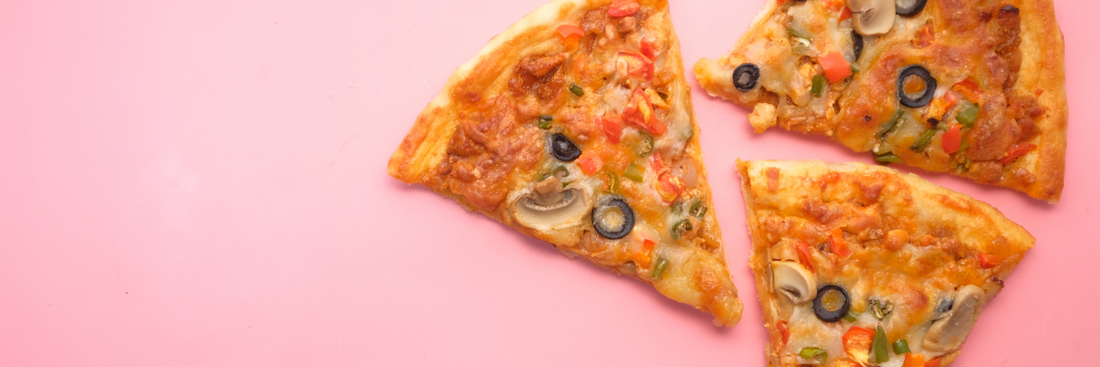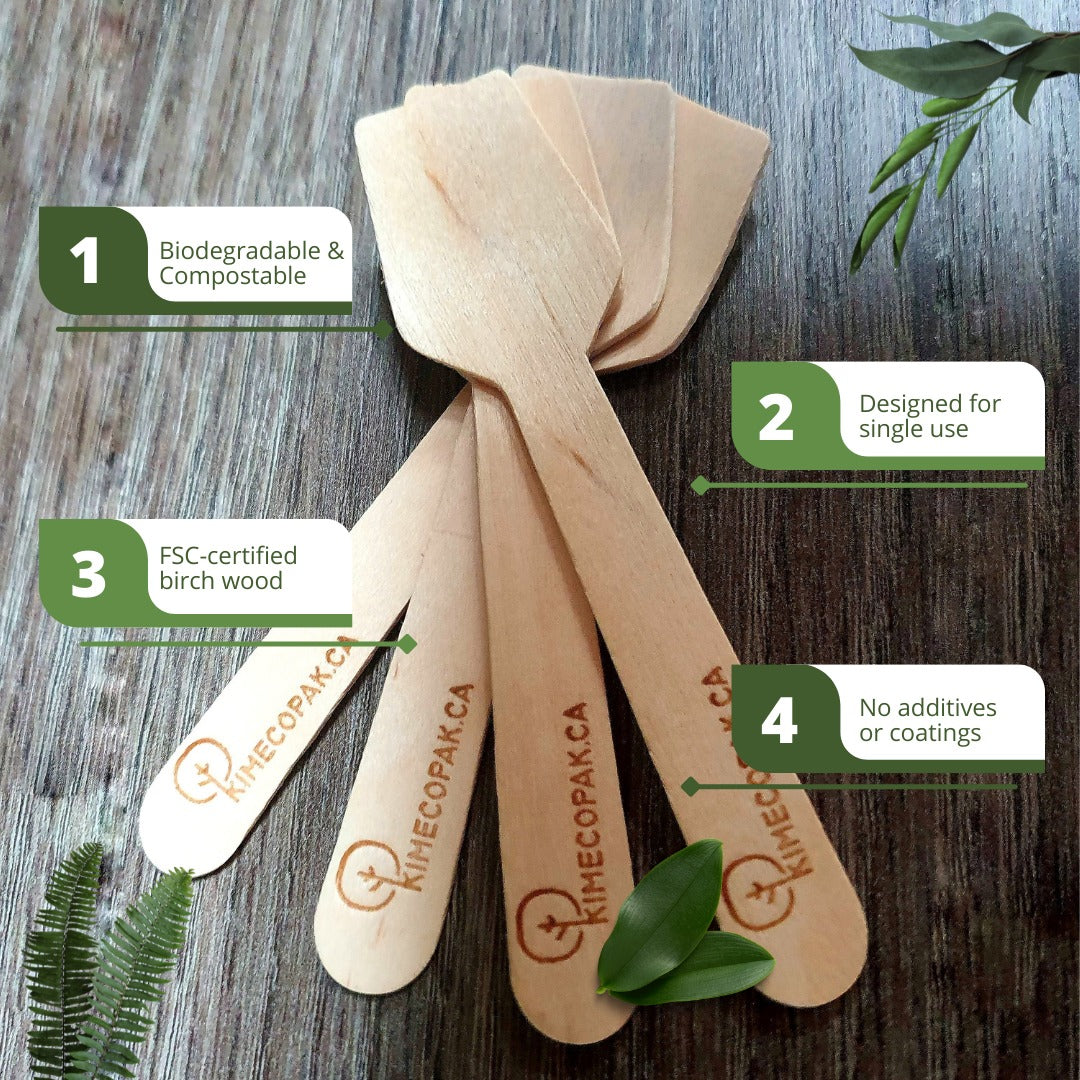How many calories are in a slice of pizza? It's a common question for anyone watching their diet or trying to make informed food choices. Pizza is a beloved comfort food, but not all slices are created equal. Calorie content can vary significantly depending on the crust, toppings, cheese, and portion size. Whether you're eating a classic cheese slice, a loaded meat lover’s piece, or a thin-crust veggie option, understanding what goes into your slice can help you enjoy pizza without overindulging. This article breaks down the calorie counts by type, crust, and toppings so you can plan your next meal more mindfully.
How Many Calories Are in a Slice of Pizza?
Pizza is one of the most popular and accessible foods worldwide, but its calorie count can vary significantly depending on the crust, toppings, and size. Whether you're watching your intake or just curious about how your favorite slice stacks up, understanding the calorie breakdown of different types of pizza can help you make more informed choices.
Cheese Pizza (14-inch Regular Crust)
A standard slice of cheese pizza from a 14-inch pie (cut into 8 slices) contains approximately 250 to 300 calories.
This estimate includes:
-
Refined wheat crust
-
Tomato-based pizza sauce
-
Standard amount of mozzarella cheese
The range may vary based on the thickness of the crust, the cheese quantity, and brand-specific preparation methods. For example, Domino’s Hand Tossed Cheese Pizza has about 280 calories per slice, while Papa John's is around 285–295 calories per slice of the same size.

Topping Impact
Toppings can significantly increase the calorie count per slice. Here's a general guide based on typical additions:
-
Pepperoni: Adds roughly 50 calories per slice
-
Sausage: Adds about 80 to 90 calories, due to higher fat content
-
Extra Cheese: Can contribute 70 to 80 calories, depending on amount
-
Vegetables (e.g., mushrooms, peppers, onions): Usually add minimal calories, often under 10–20 per topping
Processed meats like bacon or salami tend to add more calories than leaner or plant-based toppings.
Crust Variations
The type of crust dramatically affects calorie count per slice:
| Crust Type | Calories per Slice (Approx.) |
|---|---|
| Thin Crust | 200–250 calories |
| Hand-Tossed/Regular | 250–300 calories |
| Thick Crust | 300–350+ calories |
| Deep Dish/Stuffed | 350–450+ calories |
Stuffed crust pizzas include additional cheese or fillings inside the crust, increasing both fat and calorie content. Whole wheat crusts have similar calories to white crusts but offer more fiber.
Calorie Differences by Pizza Type
Different pizza styles have unique characteristics that influence calorie content—especially portion size, crust thickness, and regional preparation styles.
New York–Style Large Slices
New York–style pizzas are known for their large, wide slices and thin, foldable crust. A single slice can weigh more than a regular one due to its size.
-
Typical calories per slice: 300 to 400+
-
Often sold by the slice, cut from 18- to 20-inch pies
-
Toppings like pepperoni or sausage can push it toward 450+ calories
These oversized slices often exceed the standard serving size used in nutritional databases.

Deep Dish, Stuffed, or Gourmet Slices
Chicago-style deep dish, stuffed crust, and upscale or gourmet pizzas tend to be higher in calories due to multiple layers of cheese, thick crusts, and rich sauces.
-
Calories per slice: 400 to 600+
-
Deep dish pizzas are baked in a pan with a buttery crust and layered toppings
-
Stuffed crust adds extra cheese to the edges, increasing fat and calorie content
Some gourmet varieties also use premium meats (like prosciutto), creamy sauces, or extra oils, all of which contribute to a higher calorie count.
Frozen vs Fresh or Homemade Pizza
Frozen pizza calories vary widely depending on brand, size, and ingredients:
-
Frozen pizza slices: typically 250 to 400 calories
-
Examples: DiGiorno, Tombstone, Red Baron, Amy's, etc.
-
Cheese or veggie frozen pizzas are on the lower end
-
Meat lover’s or extra cheese versions are higher
-
-
Homemade pizza: Calories depend on dough thickness, cheese and toppings used. Homemade allows more control, but estimates range from 200–350 per slice
Frozen pizzas are often more calorie-dense due to preservatives, added oils, and compact portion sizes.

What Affects Pizza Slice Calories?
The calorie count in a slice of pizza isn't one-size-fits-all. Several key factors influence how many calories you'll consume in each bite:
Crust Type
-
Thin Crust: Contains fewer calories due to reduced dough, usually 200–250 cal per slice.
-
Regular Crust: Standard hand-tossed or pan crust contains 250–300 cal per slice.
-
Thick or Stuffed Crust: Adds extra dough and sometimes cheese or sauces, bumping the slice up to 350–450+ calories.
Cheese
-
Amount Used: More cheese means more fat and calories.
-
Regular vs Light Cheese: Light or part-skim cheeses can lower the fat and calorie content by up to 25%.
-
Cheese is a major calorie contributor — one ounce of mozzarella adds about 80 calories.
Toppings
-
Meats: Pepperoni, sausage, bacon, ham, and salami add 50–100+ calories per slice depending on portion.
-
Vegetables: Bell peppers, onions, mushrooms, and tomatoes add minimal calories but contribute fiber and volume.
-
Extra Cheese or Sauces: Increases calorie density quickly.
Slice Size & Total Pie Diameter
-
A slice from an 18-inch pizza (cut into 8) is much larger than one from a 12-inch pizza.
-
A standard slice from an 18-inch pie may weigh 7–8 oz, compared to 4–5 oz from a smaller pizza.
-
Oversized slices from pizza-by-the-slice shops can easily exceed 400–500 calories each.
Portion Control & Serving Size Tips
Recommended Serving Size
Dietitians typically suggest limiting intake to one slice of regular-crust pizza (about 6 oz, or 300–400 calories) when paired with a side salad or roasted vegetables. This helps manage caloric intake and boosts fiber for satiety.
Source: glamour.com dietitian recommendations
Visual Portion Guides
If you don’t have a scale, use your hand or palm as a portion reference:
-
One hand = about one standard slice
-
Fingers can help estimate crust thickness and cheese layers
This visual trick helps with mindful eating, especially when dining out.
Balancing Meals
To reduce the calorie burden and improve nutrition:
-
Add a protein-rich side like grilled chicken or legumes
-
Include high-fiber vegetables like steamed broccoli or a leafy green salad
-
Drink water or unsweetened beverages to aid digestion and prevent overconsumption
FAQs: How Many Calories Are in a Slice of Pizza
How many calories in a slice of cheese pizza?
About 250–300 calories per slice (14-inch regular crust).
Does topping choice affect calories?
Yes. Meat and extra cheese add 50–100+ calories per slice, while veggies add minimal.
How many calories in a New York–style slice?
Often 300–400+ calories due to oversized size and foldable crust.
Is pizza by the slice higher in calories?
Usually yes, because slices are larger and often have more toppings.
How to reduce calories in pizza?
Choose thin crust, go light on cheese, load up on veggies, and limit processed meats.
How to count pizza calories accurately?
Check the brand’s nutrition label or estimate using crust type, toppings, and slice size.
Conclusion
Pizza can be part of a balanced diet when you know what’s on your plate. From thin crust to deep dish, veggie toppings to extra cheese, many factors influence how many calories are in a slice of pizza. By paying attention to portion sizes and making smart topping choices, you can enjoy your favorite food while keeping your nutritional goals in check. Use the tips in this guide to make pizza night both satisfying and sensible.







